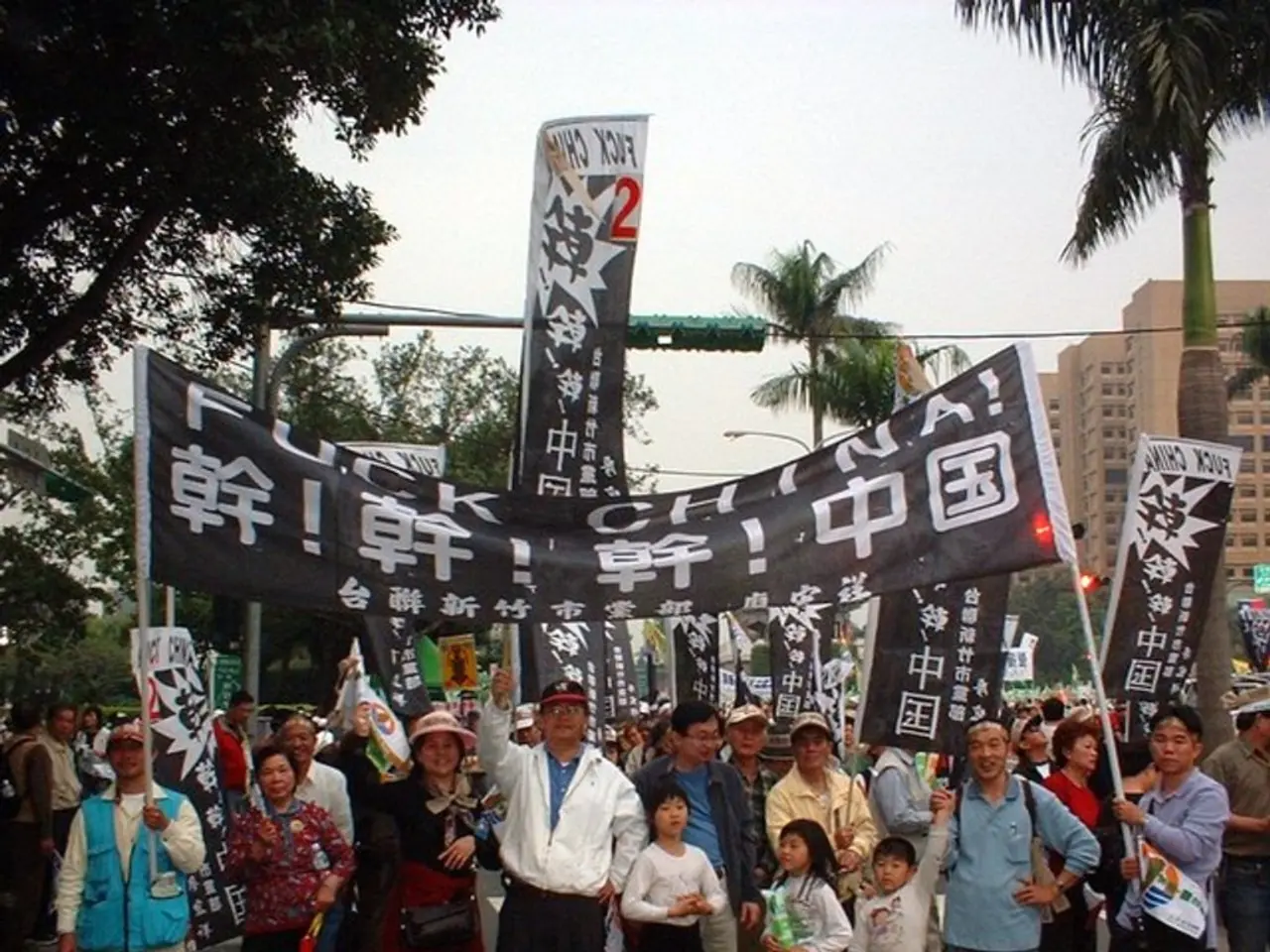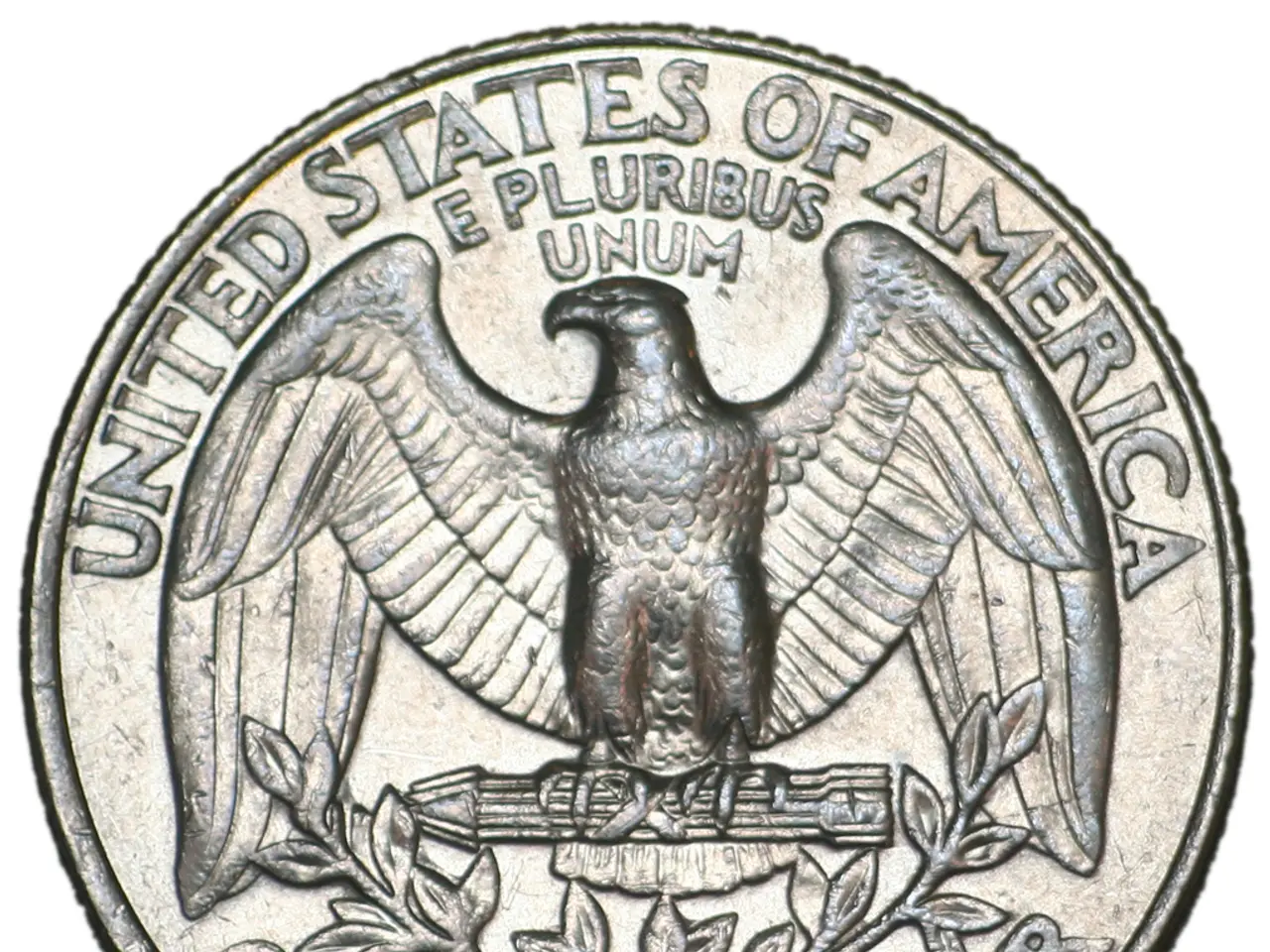U.S. trade strategy with India could potentially undergo reevaluation following the India-UK Free Trade Agreement blueprint
The current US administration has an opportunity to reframe its engagement with India as a strategic partner, and one way to do this is by adopting a more balanced, multi-sector bilateral trade agreement (BTA) approach similar to the India-UK free trade agreement. This approach, if implemented correctly, could foster shared prosperity and strategic alignment through mutually beneficial tariff reductions, investment facilitation, and cooperation on services and technology sectors.
Agriculture in India remains vulnerable to price shocks, and per capita consumption lags far behind developed economies. Despite this, India remains a country where micro, small, and medium-sized enterprises (MSMEs) form the backbone of employment. The US can learn from the India-UK agreement, which streamlined mobility for professionals and addressed social security contributions through the Double Contribution Convention, offering zero-duty access to 99 percent of Indian exports.
The Indo-US trade negotiations, however, are currently mired in structural disagreements and ideological friction. The persistent perception gap is a significant factor exacerbating these disagreements. The US administration often overlooks India's macroeconomic strength, its global ambitions, and the specific challenges faced by its domestic industries in its pursuit of reciprocal concessions.
To conclude a meaningful FTA with India, the US must shed its transactional lens and adopt a more nuanced, empathetic posture, recognizing that India's insistence on developmental safeguards is a principled stand rooted in lived realities. The US can learn from the India-UK FTA, which demonstrated that success comes from careful calibration of tariffs and regulatory standards, which respects domestic sensitivities and promotes sectoral complementarities.
One key lesson the US could adopt is to recognize India’s strategic priorities. India has firmly resisted tariff cuts on farm, dairy, and genetically modified foods to protect its domestic producers, a stance that must be respected to avoid trade conflicts and retaliation. The US can also adopt an incremental, targeted tariff reduction strategy, as India has proactively implemented tariff cuts on select items important to the US, such as high-end motorcycles, luxury cars, and electronics.
Another lesson is to focus on mutually beneficial market access. Like the India-UK FTA, which balances access for both sides, the US should offer incentives and lower tariffs in sectors where India seeks growth—such as IT services and manufacturing—while India could liberalize more sectors over time. The US can also address non-tariff barriers and regulatory cooperation, harmonizing standards and easing services regulations to boost trade and investment without triggering tariff wars.
Aligning trade with strategic cooperation is another crucial lesson. Incorporating energy and defense procurement into the trade framework can deepen strategic ties, as India aims to increase purchases from the US in these areas, balancing geopolitical interests and economic gains. The US should avoid lopsided deals and preserve domestic interests, respecting long-standing Indian red lines to build trust and long-term partnership.
In summary, learning from the India-UK FTA’s balanced, phased approach, the US can foster a trade relationship with India that supports shared economic growth while cementing strategic alignment through respectful negotiation, sectoral cooperation, and integration of defense and energy ties. This approach could double bilateral trade from $191 billion to $500 billion by 2030 through phased tariff reductions and easing norms for cross-border services and investments, mirroring elements that helped the India-UK deal succeed.
In the process of negotiating a Free Trade Agreement (FTA) with India, the US should acknowledge India's stance on developmental safeguards and tailor tariff reductions to avoid conflicts, particularly in sectors like agriculture, such as farm, dairy, and genetically modified foods.
To foster a harmonious trade relationship and potential strategic partnership, the US should emulate the India-UK FTA by focusing on mutual benefits, sectoral cooperation, and integrating defense and energy procurement into the trade framework.






